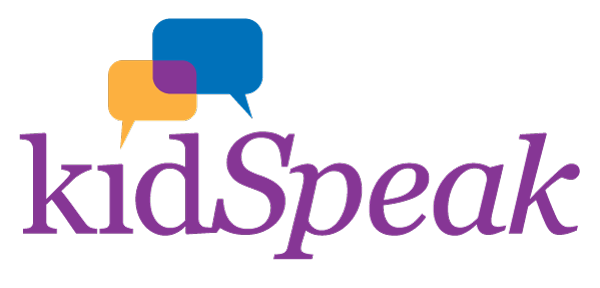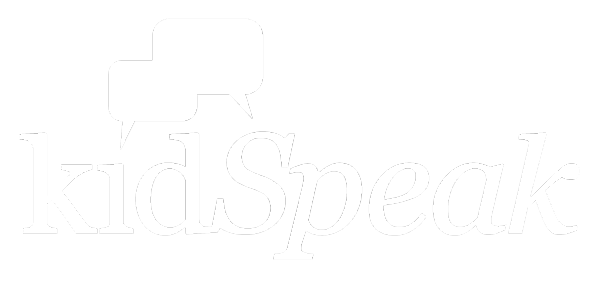If you’ve recently discovered that your child speaks with a stutter, you may be concerned as to how to best support his or her progress towards smooth, fluent speech and conversation. It can be easy for us to take for granted the facility with which we communicate our ideas and adapt our language to varying speaking environments. This may not come so easily for children with dysfluencies such as stuttering. And with conversation and socializing built in to their school life and general development, speaking can be a stressful proposition. Creating a supportive environment and finding ways to boost your child’s self-confidence can go a long way in their journey to attain stress-free communication. Over time, incorporating these principles into your daily communication routine can actually reduce the frequency and severity of stuttering itself. Here are some things to keep in mind in order to create that safe, supportive communication space:
Educate yourself on what stuttering is, and learn about what resources are available to you!
If you notice that your child stutters while speaking, it might be a good idea to seek help sooner rather than later. While there is no single obvious cause of stuttering, research has shown that early intervention is crucial to maximizing your child’s progress towards smooth, fluent speech. Contact a local speech pathologist and see what options are available for your child, so your child can get assessed and properly treated.
Practice patience with your child. Give her the time to formulate and express her ideas, and don’t rush her!
Contrary to belief, telling your child to “slow down” or “relax” if she experiences an episode of stuttering only draws attention to the dysfluency, while not actually providing any productive support or advice. Give your child the time to communicate whatever message they wish to convey, at whatever pace is most comfortable for her. Similarly, try to avoid completing your child’s sentences. Communication strategies take time to learn and incorporate into daily conversation, so don’t be discouraged if your child is struggling at first. Be patient and trust that your child will eventually get it all out—she will appreciate your patience and faith in her ability to communicate her ideas!
Similarly, don’t put your child on the spot in pressured speaking situations.
Putting the spotlight on your child’s speech might induce anxiety, stress, and self-consciousness about the way she speaks. Ask open-ended questions to prompt organic expression and conversation, and give her the opportunity to share stories and thoughts that she finds most significant to communicate. When your child does share, make it clear that you are listening to the content of what she is saying, and not how she is saying it. Her thoughts and ideas are what you care about!
Check in with your child, her educators, and family members regarding your child’s communicative needs.
If your child is in school, her friends and classmates might have picked up on her stutter already. They might not be understanding or supportive of your child’s dysfluency, which could lead to teasing and isolation. Communicate with your child as to how school life is, and with her teachers and educators accordingly. Is public speaking difficult? Do classmates comment on her stuttering at all? How do she and her teachers respond? Reach out to your child to see how stuttering impacts her emotional well-being. It can help alleviate any issues she’s been having, and show her that you are present and ready to support her whatever her needs may be.
Model open, supportive communication and discourse.
Speaking in an unrushed, relaxed manner can encourage your child to interact similarly. A calm and smooth communication style will allow her to keep up with the conversation and contribute her own thoughts at a matched pace, even if she stutters while trying getting it all out. In addition, engaging in frank conversation will help you and your child achieve comfort and honesty in your relationship. Praise your child on accomplishments and improvements in her communication and life, but don’t be afraid to talk about stuttering when it comes up—as long as it is discussed in a destigmatized, supportive light. If the process of producing fluent speech is regarded as a complex but useful skill to learn like riding a bike, it could help diminish the pressure to perfect her speech.
Incorporate games, apps, speech tools and music to make talking fun!
Therapy doesn’t have to only take place during sessions with a speech therapist! Practicing strategies and skills with your child can be a productive way to continue progress at home, and your child might be more willing if you make it fun! There is a multitude of books, apps, and tools that you can use in tandem with what is recommended by your speech therapist to make therapy more engaging and beneficial. Utilize music and the internet to put an exciting spin on standard practice sessions, and incorporate them into daily conversation to maximize effectiveness and progress!



